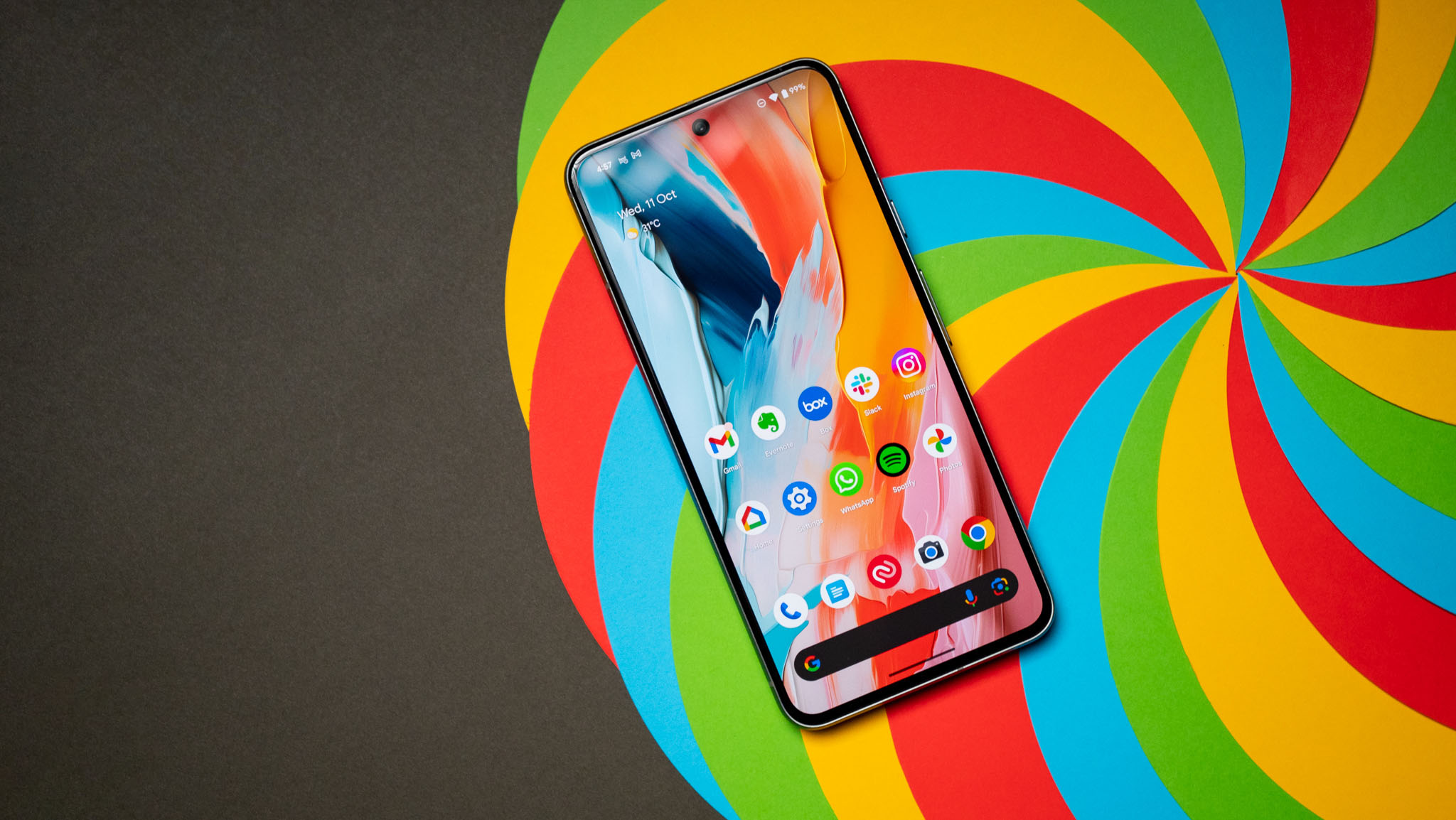
What I like the most about Android is the diversity; every manufacturer has its distinct take on the interface, and this makes things exciting. While Samsung and Xiaomi offer a similar caliber of hardware, they are fundamentally different in the way they approach software.
You also get a lot of variety in customizing the look and feel of your phone, and there's the option to root your phone and install an entirely different UI if you're not satisfied with what comes out of the box. We didn't get much in the way of excitement with Android 14 — the update was tame even by Google's standards, but it was much more stable out of the box, and it led to modest battery life gains.
In that context, 2024 promises to be very interesting. Samsung should roll out sizable gains to One UI, and Xiaomi's overhauled interface is slated to make its global debut. I used all the major Android interfaces extensively in 2023, and here's what I want to see in 2024.
Google is still playing catch-up
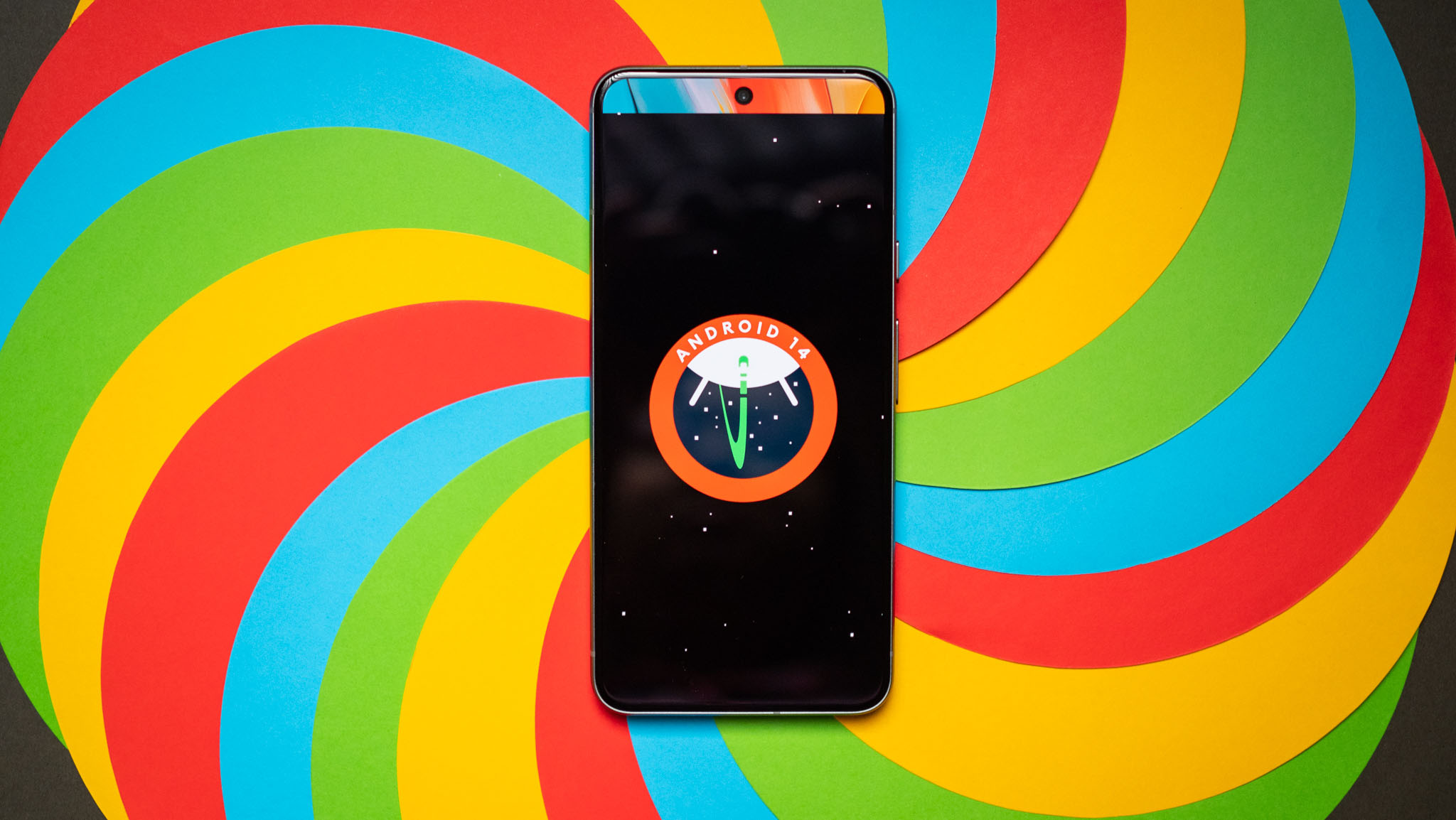
Google is slow to add features that are standard in other interfaces into its vision of Android, but to its credit, it is getting better on that front. A big addition in Android 14 is lock screen customization, and while you don't get as many features as One UI 6, it is a decent start. With Android 15, I want to see the ability to add widgets to the lock screen, just like iOS.
And on the subject of customizability, Google needs to do more with regard to icon sizing and shapes, along with fonts. And it really needs to sort out themed icons; it's been over two years now, and the feature still doesn't work seamlessly. Google needs to start enforcing the feature instead of making it optional.
On that note, Google needs to give users the ability to decouple Wi-Fi and cellular data into individual toggles. The combined Internet toggle that exists today just doesn't make much sense, and I want to be able to switch off data without having to go into the settings. I get that these are all small tweaks, but they make a big difference in daily use.
Another area where Google needs to do more is the predictive back gesture. I'm glad that it is available in Android 14, but it is limited in its usability and doesn't work outside of Google's own apps — or on other Android skins. Talking about annoyances, Google needs to start facilitating external display support on its devices; I don't know why the company limits this feature, but it needs to change.
One UI needs better optimization
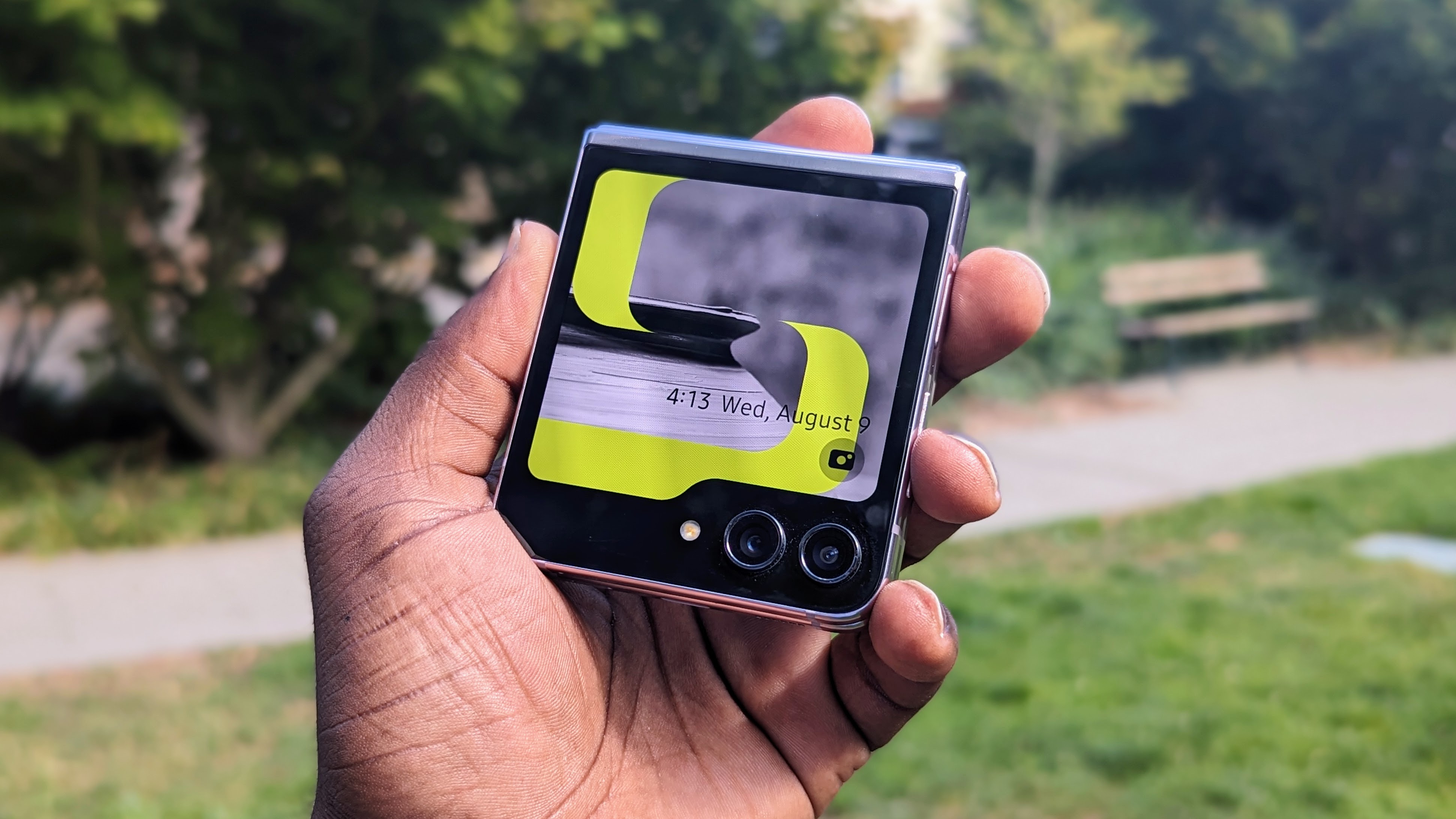
Samsung has one of the most feature-rich interfaces on Android, and while One UI 6 didn't bring a drastic visual refresh, it looks a little cleaner than in previous years. The biggest issue with Samsung's software efforts is the ads; the brand continues to be aggressive at sending push notifications peddling its devices, and the most annoying part is that they often show up on the best Samsung phones — the devices being advertised.
One UI 7 also needs better optimization. The Galaxy S23 Ultra has one of the fastest hardware packages available today, but it doesn't have the same fluidity as the OnePlus 11 or even the Xiaomi 13, and that is down to software optimization. Samsung needs to tweak the interface — similar to what Xiaomi did with MIUI 14 — to make it smoother in daily use.
There are plenty of annoyances with Samsung's software — the lack of a vertical scrolling app drawer continues to be irksome — but most of these can be addressed with Good Lock, the powerful customization utility that's available on all Galaxy devices. Honestly, Samsung should install Good Lock out of the box, as it serves much better utility than most of the bloatware that's pre-installed on its devices today.
OPPO and OnePlus need to step it up with gaming
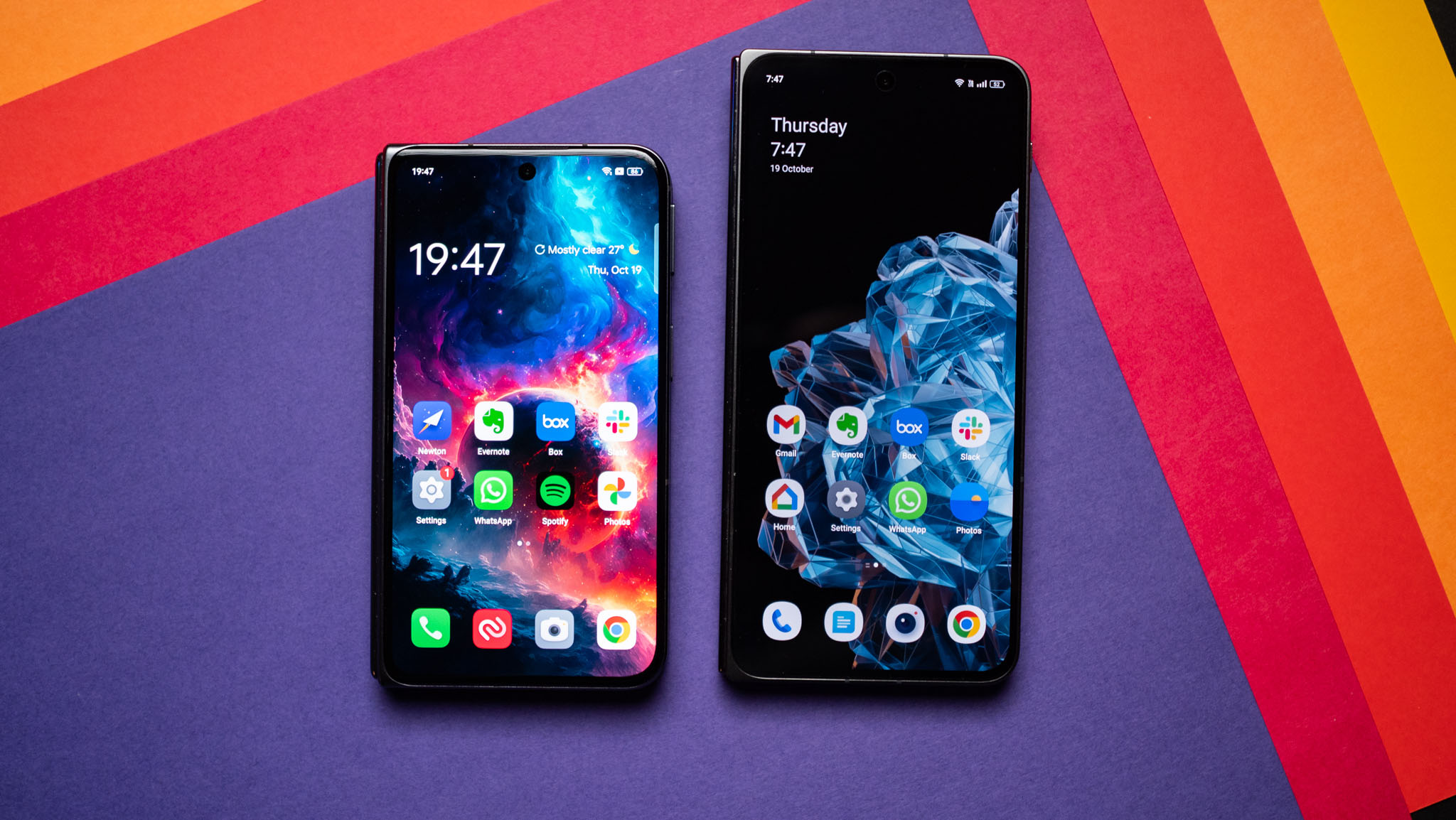
I'm going to use ColorOS and OxygenOS interchangeably in this section, as there's virtually no difference between the two as we head into 2024. OxygenOS 14 is identical to ColorOS 14, and while I could point to a few software features that were exclusive to the former in previous iterations, that is not the case now.
My biggest frustration with OxygenOS right now is that it doesn't allow high refresh rate gaming. I remember the time when OnePlus made a big deal of unlocking 120fps gaming in titles like Call of Duty: Mobile several years ago, but following the switch to the ColorOS codebase, gaming has been limited to 60fps. As best as I can understand it, this is done to manage thermals and ensure the device doesn't overheat, but that isn't the case on all other devices that let you play games at their intended framerates, so I don't really see the problem.
I've certainly bugged the ColorOS software team about this enough times and was told that the brand is considering allowing 120fps in select games starting next year, but I'll contain my excitement until it actually becomes available.
Other than that, I'd like to see ColorOS offer better lock screen customizability, updated icons, and for OPPO to continue the work it started on the foldable front. Oh, and timely updates — particularly on OPPO phones.
Xiaomi's HyperOS should retain the best of MIUI
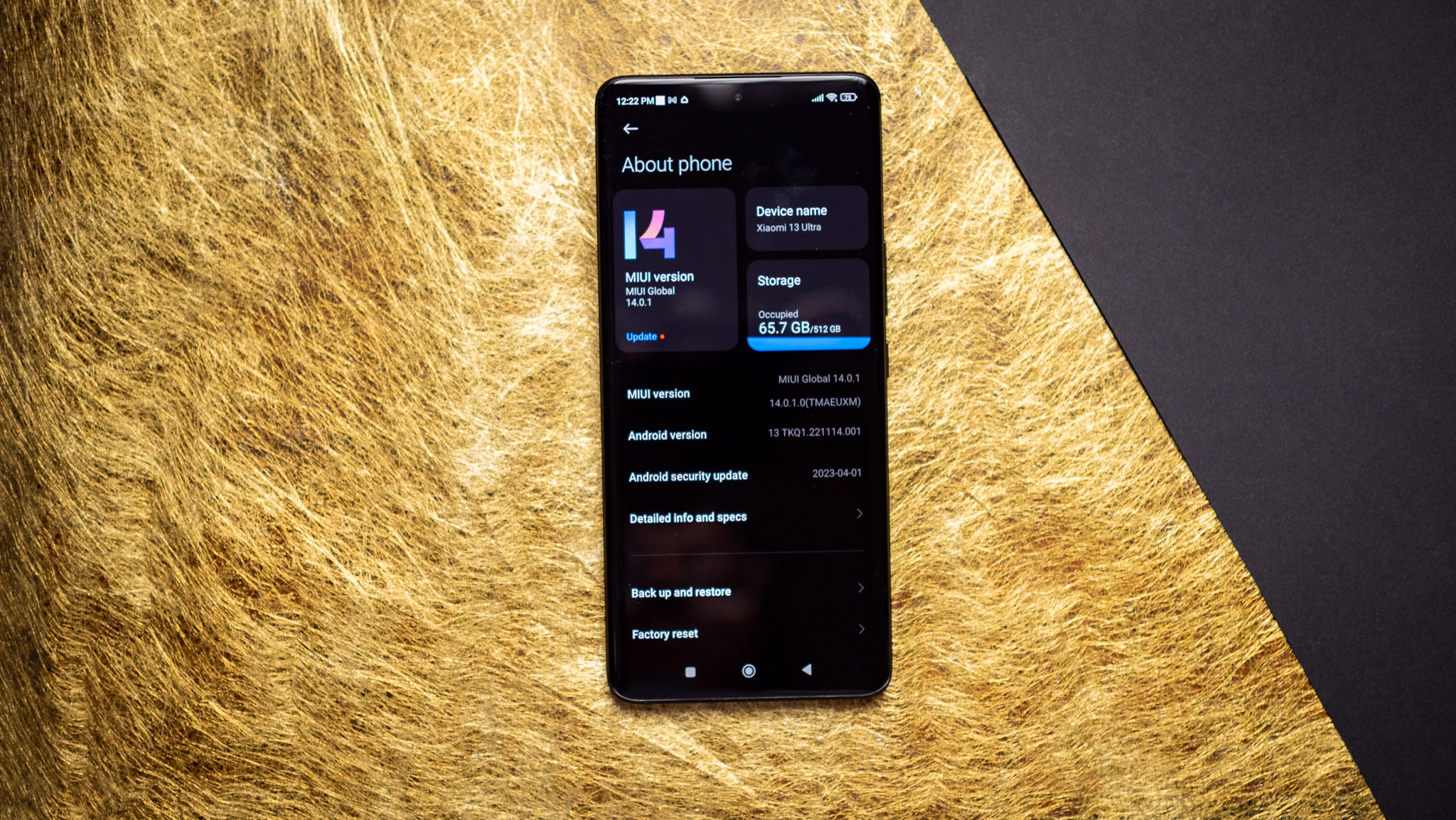
I don't have much to say about Xiaomi because the brand is switching from MIUI to a "human-centric" ecosystem that will power its phones, smart home products, and cars. HyperOS sounds exciting, and Xiaomi says it decided to overhaul the UI to fix mistakes made with MIUI. As a result, it is designed to be lighter, faster, and much more efficient.
While the visuals that Xiaomi has shared so far suggest the new interface won't be too different from MIUI, the under-the-hood changes should be interesting. With a global rollout slated for Q1 2024 on devices like the Xiaomi 13 Ultra and Xiaomi 13 Pro, we don't have to wait too long to see what Xiaomi has to offer in this area next year.
That said, I don't want Xiaomi to leave out one of the defining features of MIUI: unlockable bootloader. Xiaomi phones always stood out among power users for the relative ease with which the brand allowed the bootloader to be unlocked, and this paved the way for extensive customization via unique skins. This could go away following the move to HyperOS, and that would be a shame.







